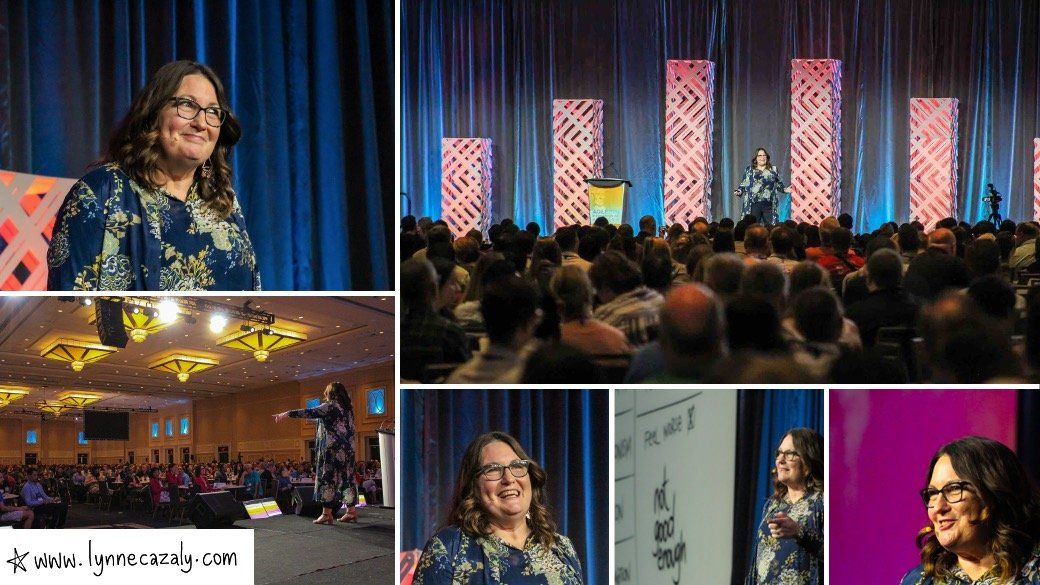Gamification: The Future Of Talent Profiling

Photo Source: Simon
Up until the early 20th century, it was almost a miracle when large organisations managed to hire great staff, let alone great teams, as most of these hiring decisions were based on “gut-feeling”.
Henry Ford, founder of Ford Motors and Andrew Carnegie, a steel industrialist, who in today’s value would be worth about US$20bil, were great employers.
Building their empires required the hiring of large pools of great talent. Their success may be mistakenly attributed dumb luck: being at the right place at the right time.
Napoleon Hill studied hundreds of industrialists. He sets apart Ford and Carnegie as great minds who understood, and had the wisdom to acknowledge, what they themselves lacked in knowledge and personality.
They compensated for their shortcomings by identifying and hiring people who had the skills and attributes that they personally lacked.
As time progressed, the employers turned to science for ways that would provide for a more consistent and reliable approach in identifying talent.
There is a plethora of options today. Complex tools are continuously being designed for talent seekers to make better decisions more through data analysis and less through reliance on “gut-feeling”.
Employers today use psychometric assessments to help select the right candidates. These are tests designed to assess a candidate’s abilities and attributes; it is sometimes called “talent profiling”.
Psychometric evaluations provide decision makers with quick, simple and cost-effective methods of talent selection.
However, the advent of social media created an issue not many saw coming. Quick and easy online sharing and posting of information from these psychometric tests by people who had access to them, amplified issues faced by tool providers who were generally behind in technology and substance.
Many thought the solution was to simply tweak the current systems. However, the more forward thinking psychometric designers introduced the idea of online “gamification” in talent profiling.
Gamification simply put is making talent selection assessments and questionnaires look and behave like a game. Such a test may have a point-scoring element or interaction with other online users.
Take, for instance the online navigation application, Waze. It is easy to understand because it works on a “gamified” platform. It has an inherent element of fun in its use, along with a level of competitiveness.
It enables interaction with other Waze users and gives the ability to move up the ranks as a Wazer and the ability to update map information for the benefit of other users.
Gamification is not a novel concept. We have been at it for decades with gamified titles like “Employee of the Month” and customer loyalty programmes. These were, however, simpler forms of gamification.
Neuroscientific research has demonstrated that gaming results in easier participant attention for longer periods, and intuitively generates higher levels of involvement. In the last decade, the art of gamification has improved a great deal.
Today’s employers have a vast array of tools at their call. They can choose how complex they want their hiring and development process to be.
Their choices start from simple paper and pencil testing right through to a simulated online gamified platform with all the bells and whistles.
One of the key reasons employers are adopting gamification to replace current tools is to tap into the human competitive instinct.
Deloitte has listed gamification as one of the top 10 trends of the future, and believes that gaming drives and magnifies adoption of information, increases performance and improves engagement.
In order to build a strong gamification tool for talent profiling or development the following elements may be necessary
ENGAGEMENT
– The tool must be simple and ought to elevate the user experience of the brand
REWARD/RECOGNITION
– The has to be an instant gratification element to entice users to use the tool to its fullest potential. Leaderboards and badges are examples of simple rewards that have been used for decades now
FEEDBACK
– People are always on the lookout for feedback as it validates the good work and allows for development. Hence, when designing a gamified profiling tool, feedback must be instant, simple and accurate
COMMUNITY
– This creates a sense of belonging to a group and allows for information sharing and peer feedback
Some of the examples of gamification in today’s working environments are:
BUSINESS SIMULATIONS – Generally used for development, business simulations usually take on a gameplay that induces participants to make decisions and react to informational change throughout the process
REALISTIC JOB PREVIEWS
– Relatively new in the industry, the realistic job preview tool is used in areas of mass applications such as graduate programmes or cabin crew/ ground staff for airlines
This tool is meant to provide applicants with a realistic and accurate picture of the job so they can decide to either proceed or to opt out of the process
A successful implementation should see much higher quality of completed applications for the roles and recruitment of candidates that are a better fit for the job and company culture.
SKILL TESTING
– Thisis used as a tool to measure specific knowledge in a simulated environment.
COGNITIVE AND PERSONALITY ASSESSMENTS – These are the most common types of psychometric assessments. They are used to make hiring decisions or developmental gap analysis.
Gamification in this area varies from having “Unique Item Generators” which almost guarantees that no two candidates will get the same question, to creating behavioural questionnaires that combine gamification elements.
SITUATIONAL JUDGMENT QUESTIONNAIRES
– Usually used to differentiate talent, the situationl judgment questionnaire is designed to put candidates in difficult situations and measure their response. This is then validated against high performers within an organisation to be able to identify behavioural patterns that induce performance.
As tool providers continue the exploration and development of gamification as an option for talent profiling, the coming together of Social media, Mobility, Analytics and Cloud (SMAC) will help to bring about changes in defining what will be considered norm or best practice.
New ideas will create temporary conflicts of thought and imagination, which will go on to help spur the growth of new innovative creations. As George Bernard Shaw, co-founder of London School of Economics once said, “Imagination is the beginning of creation”.
But what does this all mean to CEO’s, heads of departments, business-line managers and others who may not constantly have to deal with psychometrics unlike their counterparts in the recruitment and development departments?
In principle, what HR Technology organisations are trying to achieve is to boil down the essence of the brilliant insights of people like Henry Ford and Andrew Carnegie into simple, measurable, effective and consistent methods so that business drivers too can enjoy the insights, understanding and strengths of recruits, just like Henry Ford and Andrew Carnegie could so innately do.
FREQUENTLY ASKED QUESTIONS
When do I know our organisation is ready for “Gamification”?
Many organisations suffer with the “I don’t know if this will work for us” syndrome. My answer to this has always been simple; you won’t know until you try.
As such, implement a staggered approach where the end-game can be a fully integrated simulation process but the journey can be different from organisation to organisation.
What about bandwidth? Will this be an issue?
This is a very important issue. The better solution providers have taken this into consideration and have generally built solutions that are light and easy on the bandwidth.
Make sure you ask for documents that show bandwidth usage and insist on testing the solution for the aforementioned.
This all sounds great, but how do I know it will work?
Like all sound psychometric tools, any reputable provider will run a validation study on tools such as this before going live. Validation is usually done to be able to understand and create measurement of impact of the solution provided.
Our organisation doesn’t have much budget for things like this; what would be the best place to start?
This depends on the main issue the organisation would like to solve. If the main issue is at the beginning of the recruitment process i.e. too many applications; too little time to review, then a Realistic Job Preview tool would do the trick.
If it’s about talent differentiation then a Situational Judgment Gamification would be a good start. The best thing to do is to talk to an expert and get the right advice.
Sharma KSK Lachu is the managing partner at cut-e Malaysia, one of the worlds leading psychometric tool and consulting organisations. He has over 12 years of working experience implementing talent measurement tools and designing recruitment and development solutions for clients in Australia, UK, the United States and in Asia. He is also the group CEO of Accendo Capital, a HR Technology Consulting Group company. For more information on assessment tools for your organisation, email people@leaderonomics.com. Click here for more articles.
Personal
This article is published by the editors of Leaderonomics.com with the consent of the guest author.





